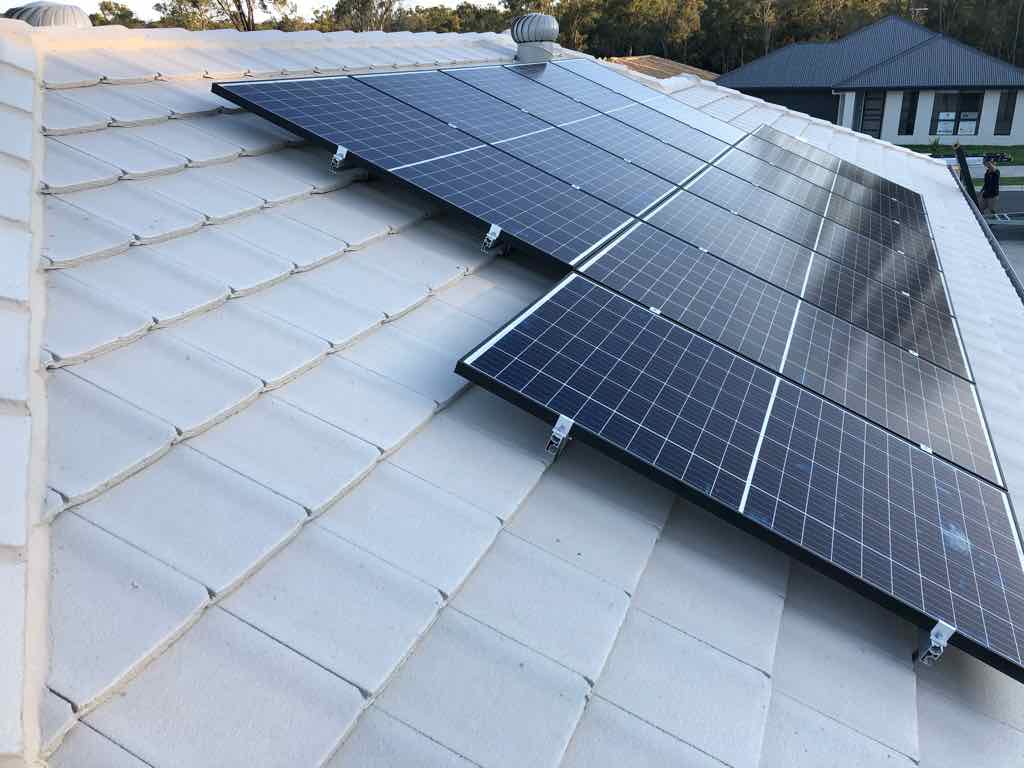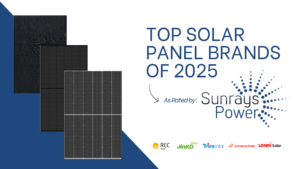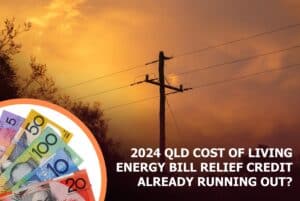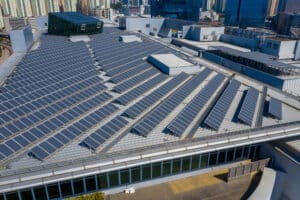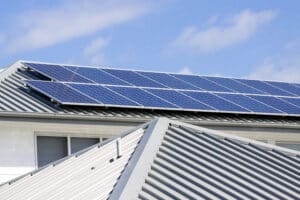Given Australia’s determined march towards renewable energy generation and supply, you may be wondering whether the installation of a home solar system remains a viable option today.
To answer simply, yes. It is.
Rooftop solar power systems continue to offer homeowners and businesses a range of benefits. And it will continue to do so, regardless of any proposed changes to energy generation and supply.
Let’s take a look at some of them.
The benefits of solar power: what makes getting solar ‘worth it’?
Solar means saving on power bills
The cost of energy is a topic that remains firmly in the spotlight in Australia. And why wouldn’t it?
The availability of cheap, reliable energy (that you know will stay on) affects our lifestyle choices. The rising cost of energy — among the many other financial pressures that most of us have — means that we start looking at ways to save money on electricity.
In fact, how to shrink that ever-growing power bill is often top on the list of priorities for reducing household costs. And it’s the same for most businesses.
Investing in solar power is an effective way to make savings on your electricity bill without much thought (once you’ve got it installed and going). And opting for a good night’s sleep in a cool, air-conditioned room on those hot summer nights suddenly becomes a whole lot easier. Yes please. Meanwhile, you are reaping plenty of other benefits along the way.

Are solar panels expensive?
The good news is that home solar power systems are now much more affordable than they once were. Today, they are quite affordable, and pay themselves off over time due to the savings on your energy bills. Add the rebates and incentives that are available to this, and it all makes for a very enticing package.Exactly how much you pay for a solar power system will depend on its size and the quality of the components, especially the solar panels. However, quality components will also enhance your system’s power generating capacity, and its longevity. So the initial outlay is balanced out by the long term benefits, even if you opt for a more expensive solar power system.

Solar electricity is not just about the system
What makes solar worthwhile is not just determined by the panels and components such as inverters. There are a range of other factors that can influence the cost of your system, including how you pay for the system.
Paying for your solar system upfront is usually the cheapest option by far. However other options for entering the world of home solar are often available.
These include:
- Getting a solar loan
- Leasing a solar power system
- Solar power purchase agreement with an approved electricity retailer.
You can find more information on these on purchase options by visiting the Queensland Government’s Homes and Housing website.
Getting the best return on investment
According to the consumer advocacy group Choice, a solar system only takes between two and seven years to pay for itself. In Queensland a 5kW system can be expected to pay for itself in around four years.
Having said that, there are a few things which can influence this. The main ones are:
- · How much power your household consumes
- · The size and cost of your system
- · The cost of power
- · The solar feed-in tariff being offered by your electricity retailer
- · The available sunlight and positioning of your panels
- · Panel maintenance
Let’s shine the light on these a little more.
Knowing your energy consumption
Understanding how much electricity your household uses, as well the patterns of consumption are the most important factors in helping to determine the size of your solar power system.
So, to get the ball rolling, grab a year’s worth of electricity bills.
Why a year’s worth? A year is the ideal amount of time, because it will tell you:
- How much electricity your household consumes per quarter
- Your average daily usage
- The patterns of use.
Understanding these factors allows you and your solar system supplier to design the best system for your needs. An appropriately sized system will ensure you get the most of your investment.
Feed-in tariffs — food for thought
Most home solar systems are grid-connected systems. This means that you maintain your connection to the main power grid.
Your system’s solar inverter turns the energy produced by your system into electricity that is used in your home. The electricity that you don’t use is exported back into the electricity grid.
This means you are, in effect, making electricity for the power supplier. Even better, it may make you eligible for a feed-in tariff.
The benefits here are twofold. You save money because you are not using as much power from the grid, and you can get paid for the extra electricity you are generating for the grid.
The feed-in tariff is reflected on your electricity bill as a credit. This way you can clearly see the amount of power you use, what your system generates and the dollar value of it all.
It’s worth noting that the feed-in tariffs vary depending on the electricity retailer. The feed-in tariffs on offer in South East Queensland can be found by using the Australian Energy Regulator’s Energy Made Easy comparison tool.
Sunlight and panel positioning
Solar panels generate electricity during daylight hours. And because we’re a pretty sunny country here in Australia, solar energy generation systems can be expected to have a high output of electricity.
Here are some other important factors to think about, in relation to the positioning of your solar panel positioning, and how your global location can impact your solar’s efficiency.
Daylight vs sunlight
Daylight hours are, of course, all the hours where there is any light during the day. This includes both the direct sunlight of the good weather days, and the light we have on those cloudy or rainy days. We call the latter type of light indirect sunlight. This indirect light does not interact effectively with your solar system’s photovoltaic (PV) cells and this impacts the amount of electricity produced by the solar panels.
The term ‘sunlight hours’ on the other hand, relates to the hours of full direct sunlight received by the solar panels’ cells, relative to where your solar system is located in the world. So, as the time patterns vary during the year, the power your system generates will also vary from day to day.
In South East Queensland we are lucky, because regardless of the season, there are typically an average of seven peak sun hours per day sunlight hours. Compare this to Hobart where the average is around six, and you can see why installing a solar system in Queensland makes great sense. Due to the sunny nature of our sunshine state, and the sun’s strong rays in Australia, we get excellent use out of our solar power systems.
Panel positioning
We have already established that the amount of sun hours that our solar panels are exposed to is related to geographical location. So, it follows that the amount of sun hours your solar panels receive is also influenced by how and where the panels are positioned on your roof.
This is where a reputable and experienced installer is invaluable. They know how to optimise your solar panels’ exposure to sunlight, by calculating the best panel tilt and the ideal orientation on the roof.
They will also factor in other limiting factors in the surrounding environment such as trees and neighbouring buildings.
Solar panel maintenance
Once solar panels have been installed initially, the whole solar panel system can sometimes be subjected to a ‘set and forget’ type of mentality. Those solar PVs are out of sight up on the roof working away, soaking up the sun’s rays, making electricity and keeping low key. So we tend to forget that they get dusty, covered in bird poop and, often, have even grown lichen. In some cases, damage or deterioration of the panels may be caused by vermin, hail, an ingress of water, or wind.
When this happens, the performance of the solar panels and the system as a whole is compromised. This leads to inefficient power generation. Less solar electricity means you’re using more grid power. This in turn means a higher electricity bill and less credit from your feed-in tariff.
So to make solar worthwhile, routine inspections and maintenance are important.
The great news? Today’s systems can be remotely monitored for issues by your installer. They will also give you information on the best way to keep your system in tip top condition.
Putting it all together
Although having to negotiate all these matters might sound complex, it highlights the need to enlist some professional know-how. An experienced, professional installer can be relied upon to make light of it all (so to speak)!
A professional solar power installer will help you to decide on a system that best suits your circumstances. They will also provide additional tips and options to help you maximise usage of the energy your system generates. This may include the use of timers or recommendations on when you should use certain appliances.
Not only will this minimise the possibility of you dipping into the grid, but it will also save you a lot of money.
The other benefits of installing solar
Although reducing the power bill is usually the most obvious worthwhile reason for installing a solar system, there are also other less obvious, but important benefits.
Value-adding to your home
Like other home improvements, a good quality solar system can help increase the resale value of your house. Many prospective home buyers are embracing renewable energy solutions. This means they are often willing to pay more for a house which already has a solar system installed.
With the increasing cost of electricity, the inclusion of solar technology certainly is an additional selling point. And a good one.
Energy independence
Having a grid-connected system has amazing benefits! But you might feel that you are still too reliant on the overall system. If truly free electricity is your goal, you can go a step further and opt for an off-grid system by installing a solar battery storage system.
Of course, battery storage systems come with their own set of pros and cons, including a higher up-front cost. And depending on where you live, going off-grid may not be the most sensible option. Luckily there is an alternative in the form of a hybrid system.
A hybrid system allows you to store your excess solar energy in a battery, so you can use it when there’s no sunlight. You can also switch over to your battery reserves if the grid goes down.
A freak storm downs power lines? No problem. The fridges and lights will stay on.
Environmentally-conscious
Unlike traditional energy sources, solar systems don’t give off polluting emissions. That isn’t to say that they aren’t reliant on natural resources. Like almost every appliance or gadget that we have today, the manufacture of solar panels and related system components is not possible without generating some kind of waste or pollutant. However, overall there are fewer emissions with solar, water usage is reduced, and so is dependence on fossil fuels.
Talk to the experts!
Installing a solar power system is a big investment and there are many factors that need to be taken into account. But that’s where we come in. Your needs are unique and your system should be designed to meet them. And we can do just that. Sunrays Power has the expertise to design a system to suit your budget and needs. Discuss your queries and concerns with our reputable and experienced installers of solar power systems big and small. Get started today — just pick up the phone and give us a call, or send us a solar power enquiry.
